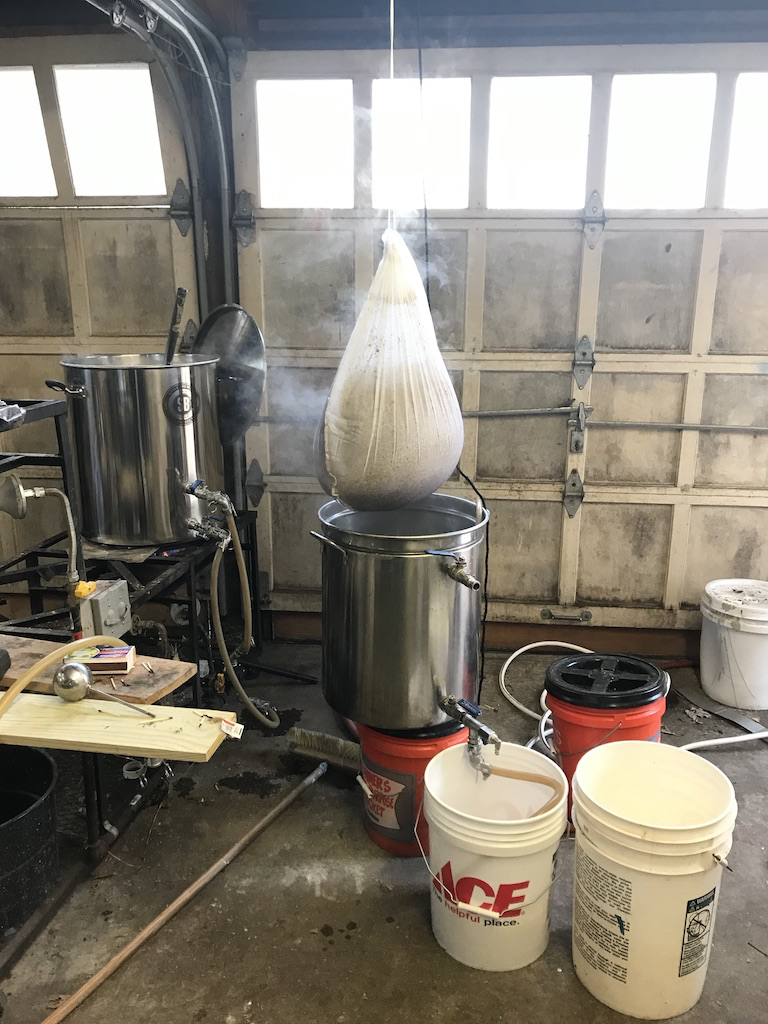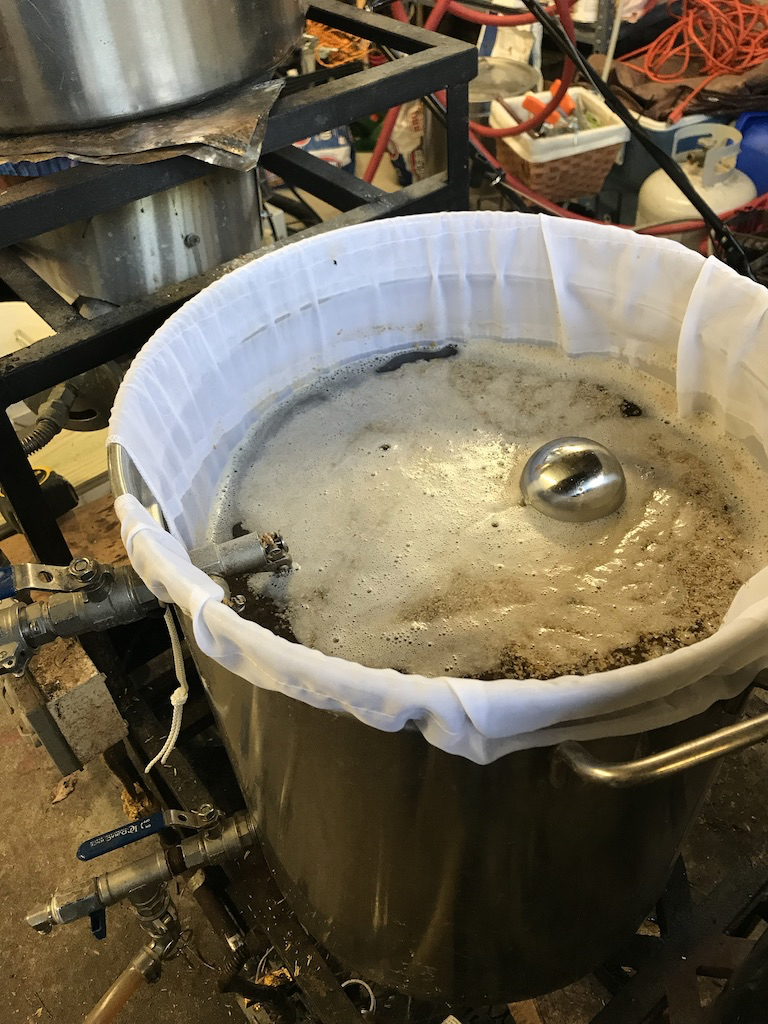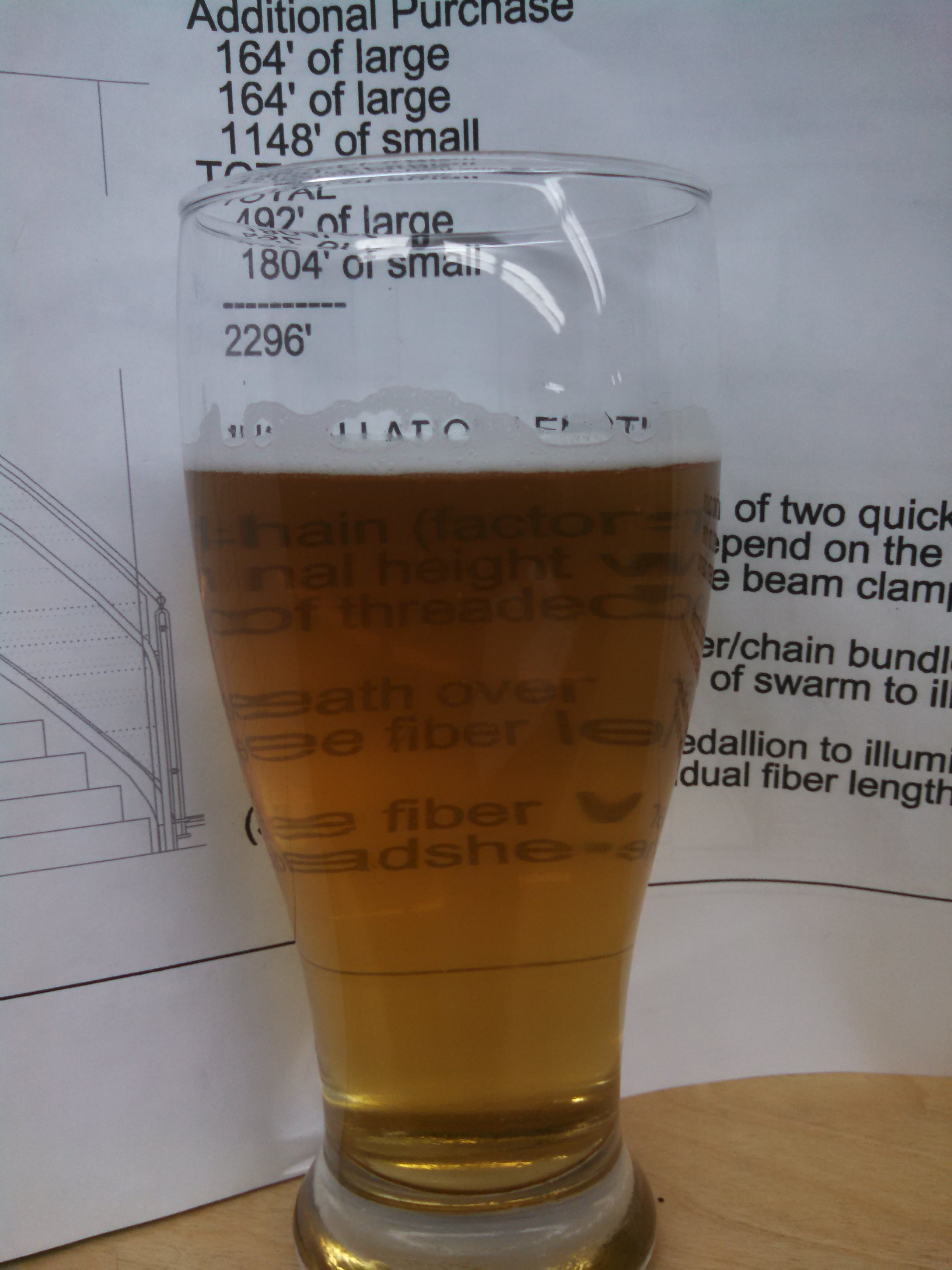View attachment 608880 Well, I just completed my first brew with using electric and biab (eBIAB). All I can say is that is was the smoothest and most accurate batch I've ever brewed in my 9 years. I love the accuracy and ease of use of electric vs. NG and the brew bag vs. cooler was simple and fast to use and clean.
I ground my grains to 0.025, which seemed to be the sweet spot. My brew house efficiency was 79.2%. The grain absorption and/or evaporation rate was a litte off vs the predicted amount in beersmith. I had more liquid than expected, which probably hurt my pre-boil gravity reading a tad. (est. 1.040 vs. actual of 1.036). So I boiled about 10 minutes longer and ended up hitting my OG exactly at 1.050.
So overall I am extremely happy with my first attempt at not only electric brewing, but also BIAB (using Ss Brewtech 1v and a Brew Bag). I wish I would have converted earlier.























![Craft A Brew - Safale BE-256 Yeast - Fermentis - Belgian Ale Dry Yeast - For Belgian & Strong Ales - Ingredients for Home Brewing - Beer Making Supplies - [3 Pack]](https://m.media-amazon.com/images/I/51bcKEwQmWL._SL500_.jpg)





















